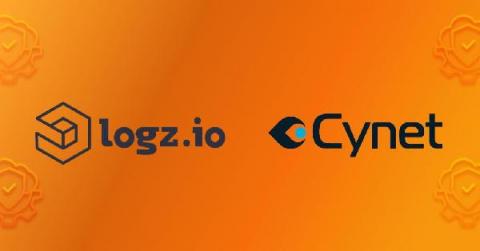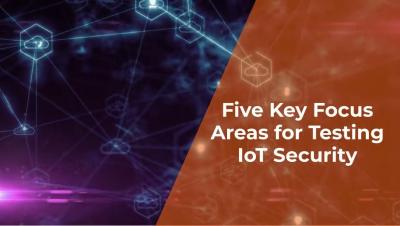Automated Threat Intelligence: An Overview
SecOps and security teams spend an excessive amount of time sifting through low-value, poorly-contextualized alarm data rather than actively hunting for valid threats. This is because bad actors are constantly looking to steal whatever they can hold onto with the least exposure. Recent ransomware attacks in critical business sectors only serve as reminders that organizations cannot lie dormant. This blog post will unpack strategies to help overcome these challenges and explain why integrating threat intelligence with security orchestration and automation is critical for an effective security operations strategy.











